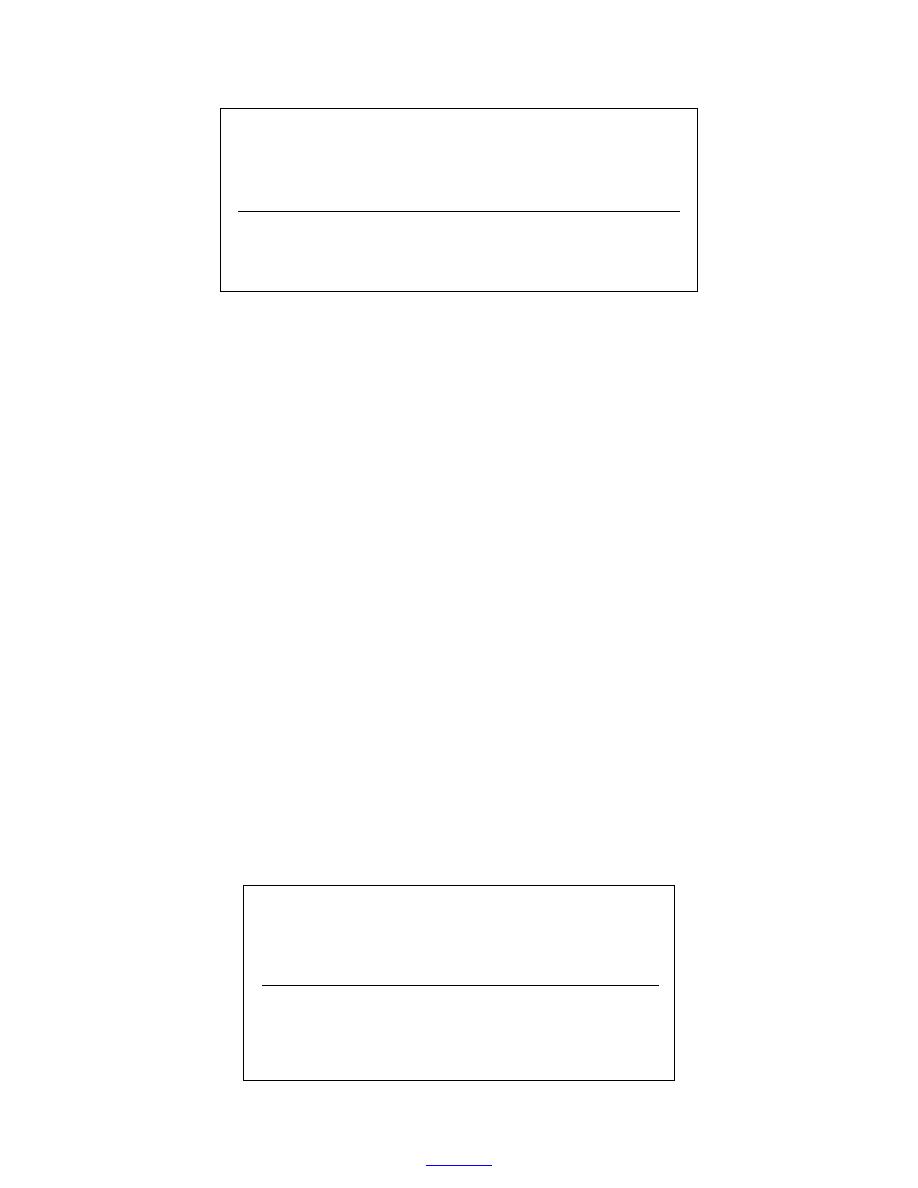
Table 8. Depths (cm) to which soil was collected for each type of land
mine during the August and November 1998 sampling events at the
Fort Leonard Wood research minefield.
Mine type
TMA-5
Surface
05
510
1015
TMM-1
Surface
05
510
1015
PMA-1A
Surface
03
36
PMA-2
Surface
03
36
Soil sample collection during April, July, and
scrapper were wiped clean between sampling locations
November 1999
and dipped into acetone to reduce the possibility of cross
The soil sampling protocol was modified for April,
contamination among samples.
July, and November 1999, on the basis of results ob-
Soil sample transport and storage
tained in the first two sampling periods. First, the land
mine location was identified using DGPS (Differential
For all sampling events, soil samples were packed
Global Positioning System). The center of the mine
in ice within a few minutes of collection and transported
could be located using this system to within 1 cm. Metal
to the U.S. Army Engineer Research and Development
tent pegs were then gently tapped into the ground, in
Center, Cold Regions Research and Engineering Labo-
effect probing for the mine, to define the exact location
ratory (ERDC/CRREL), in Hanover, New Hampshire,
of its perimeter.
by overnight carrier, either the day of collection or the
Any surface vegetation over the mine was removed
following day. Once the samples arrived at CRREL,
using scissors to cut plant stems flush with the ground
they were immediately placed in a coldroom at
29 3C until they were processed, usually within a
surface. The specific locations to be sampled for each
mine were identified and the soil samples were col-
week of collection.
lected as follows. A metal paint scraper was used to
Soil extraction
remove a thin layer of surface soil, usually about 0.2
cm. This soil was placed in a 125-mL, pre-cleaned,
For extraction, the jars containing the soil samples
wide-mouth glass bottle, which was capped and stored
were moved to the laboratory and allowed to warm suf-
in an ice-filled cooler. Once the surface sample was
ficiently to permit subsampling. Samples were homog-
removed, a 3/4-in. (1.9-cm) soil corer barrel was placed
enized by breaking up the material in the sample jar
on the spot where the surface layer had been removed
using a spatula and stirring the contents thoroughly. A
and it was carefully driven into the ground to the
2.00-g sample of undried soil was then removed from
appropriate depth for the mine type being sampled. The
the jar in several increments and placed in a 22-mL
soil increment was removed from the core barrel and
scintillation vial. A 5.00-mL aliquot of acetonitrile
placed in a 125-mL, pre-cleaned, wide-mouth glass
(AcN) was added to each sample, the vials were placed
bottle. The core barrel was replaced in the hole and the
on a vortex mixer for 30 seconds to suspend the soil
corer was advanced to the next depth interval of inter-
particles, and then they were placed in an ultrasonic
est. The soil increments collected for each mine type
bath for 18 hours. The temperature of the bath was
maintained at less than 25C with cooling water.
are presented in Table 9. The metal corer barrel and
Table 9. Depths (cm) to which soil was collected for each type
of land mine for samples collected in April, July, and Novem-
ber 1999 at the Fort Leonard Wood research minefield.
Mine type
TMA-5
Surface
05
510
1015
TMM-1
Surface
05
510
1015
PMA-1A
Surface
02.5
2.55
PMA-2
Surface
02.5
2.55
Type 72
Surface
05
515
1520
9
to contents



 Previous Page
Previous Page
